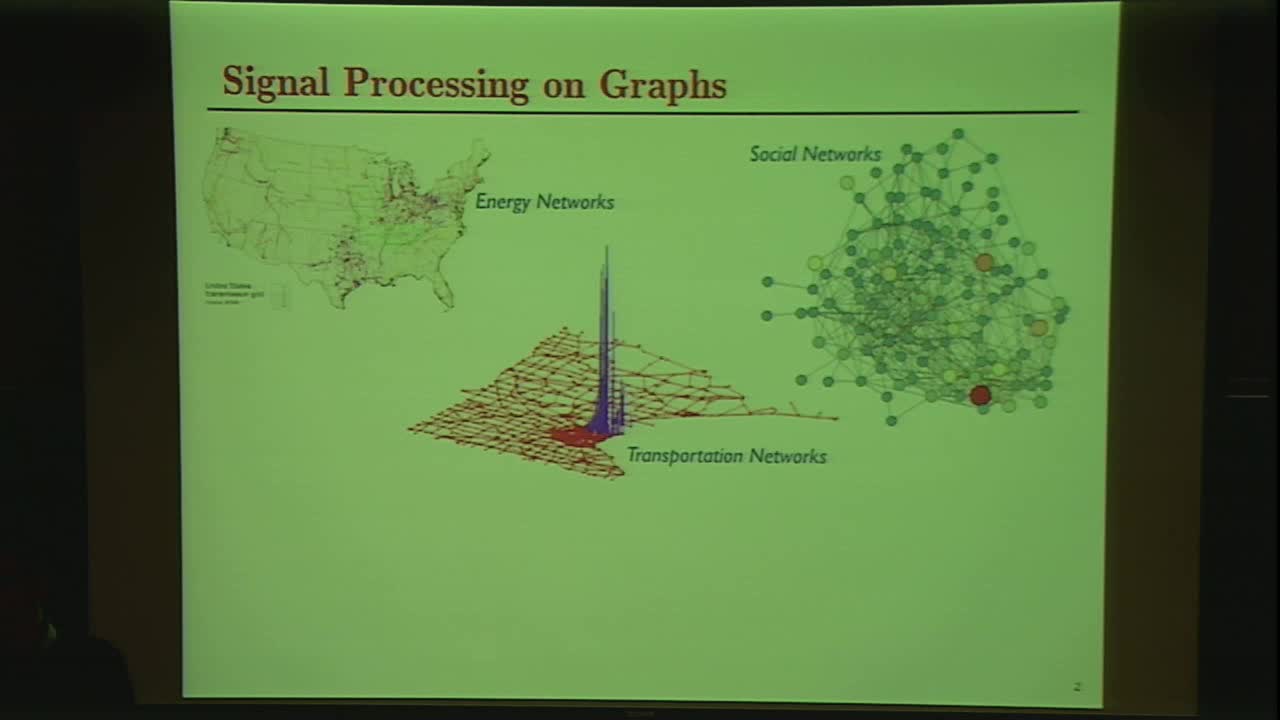Abstract
By transforming data into a new domain, techniques from statistics and signal processing such as principle components analysis and Fourier, wavelet, time-frequency, and curvelet transforms can sparsely represent and reveal relevant structural properties of time series, audio signals, images, and other data that live on regular Euclidean spaces. Such transform methods prove useful in compression, denoising, inpainting, pattern recognition, classification, and other signal processing and machine learning tasks. Unfortunately, naively applying these “classical” techniques to data on graphs would ignore key dependencies arising from irregularities in the graph data domain, and result in less informative and less sparse representations of the data. A key challenge in graph signal processing is therefore to incorporate the graph structure of the underlying data domain into dictionary designs, while still leveraging intuition from classical computational harmonic analysis techniques. In this talk, I will motivate the dictionary design problem for graph signals, examine some recently proposed dictionaries for graph signals, and discuss open issues and challenges.
David Shuman received the B.A. degree in economics and the M.S. degree in engineering-economic systems and operations research from Stanford University, Stanford, CA, USA, in 2001 and the M.S. degree in electrical engineering: systems, the M.S. degree in applied mathematics, and the Ph.D. degree in electrical engineering: systems from the University of Michigan, Ann Arbor, USA, in 2006, 2009, and 2010, respectively. He joined the Department of Mathematics, Statistics, and Computer Science, Macalester College, St. Paul, MN, USA, as an Assistant Professor in January 2014. From 2010 to 2013, he was a Postdoctoral Researcher at the Institute of Electrical Engineering, Ecole Polytechnique Federale de Lausanne (EPFL), Lausanne, Switzerland. His research interests include signal processing on graphs, computational harmonic analysis, and stochastic scheduling and resource allocation problems.
